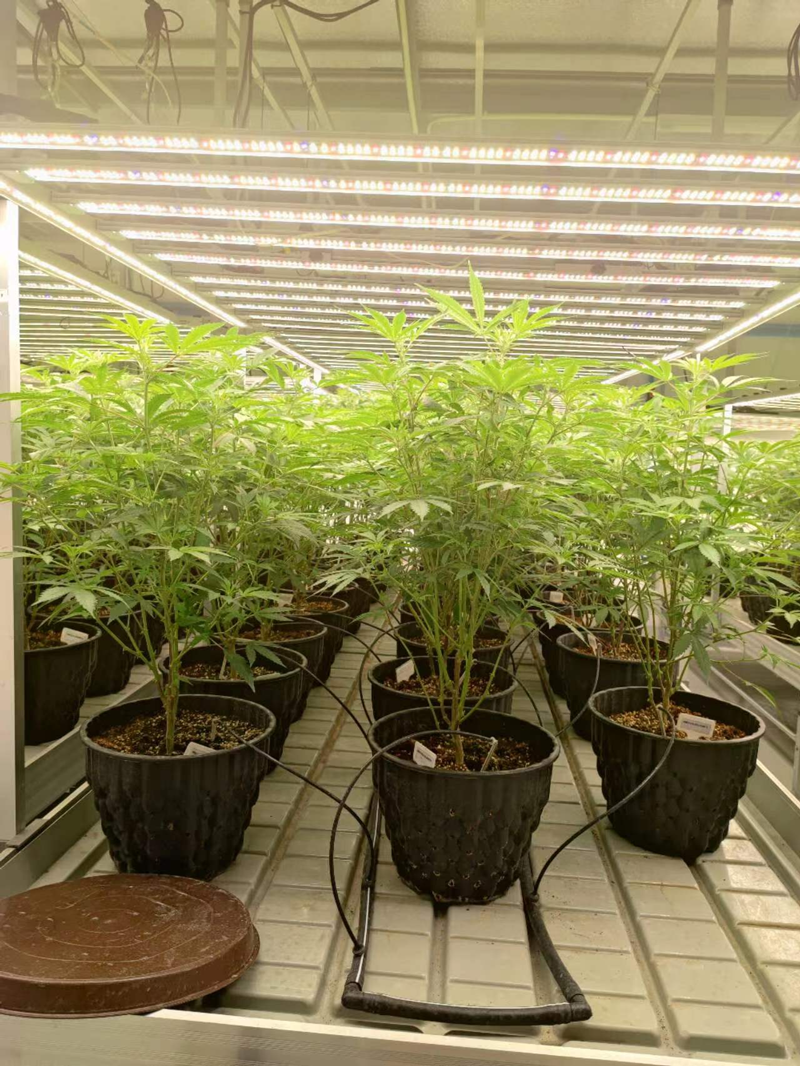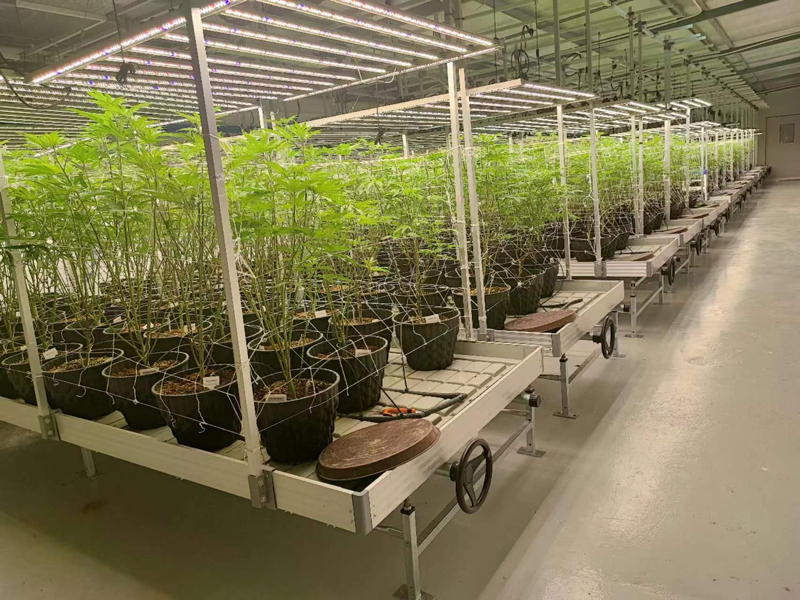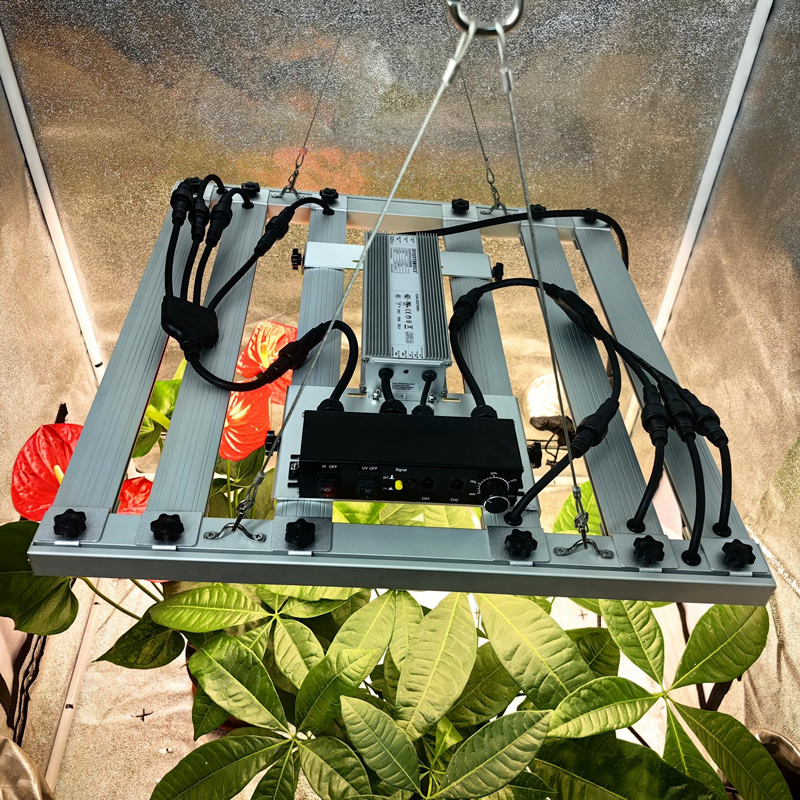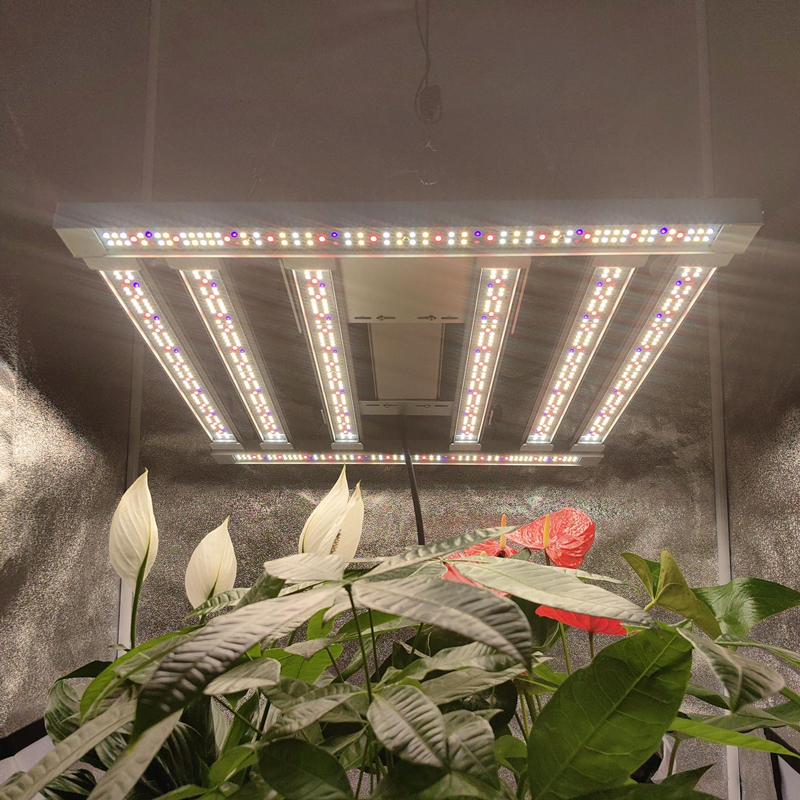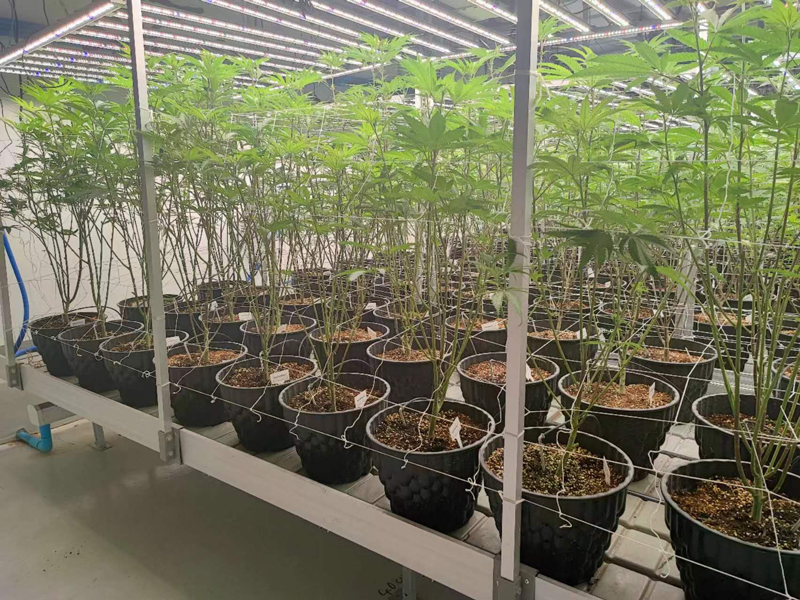Using LED grow lights in basement grow rooms can be an effective way to cultivate plants indoors. Here are some guidelines on how to use LED grow lights in basement grow rooms:
Assess the Space: Before setting up LED grow lights, evaluate your basement grow room to determine the available space, layout, and electrical capacity. Consider factors such as ceiling height, ventilation, and any potential obstacles that may affect light distribution.
Choose the Right LED Grow Lights: Select LED grow lights that are suitable for your specific plants and growth requirements. Consider factors such as light spectrum, wattage, coverage area, and efficiency. Opt for full-spectrum LED grow lights that can provide the necessary light wavelengths for all stages of plant growth.
Determine Light Placement: Position the LED grow lights to ensure uniform coverage and optimal light distribution throughout the grow room. Consider the height and growth stage of your plants and adjust the light fixtures accordingly. Hanging the lights from adjustable chains or using a light rail system can provide flexibility in light placement as plants grow.
Set Up Light Schedule: Establish a lighting schedule based on the specific needs of your plants. Most plants require a minimum of 12 to 16 hours of light per day for vegetative growth and 8 to 12 hours of darkness for flowering or fruiting. Utilize timers or programmable controllers to automate the lighting schedule and maintain consistency.
Monitor Light Intensity and Distance: LED grow lights emit varying intensities of light. Refer to the manufacturer’s guidelines for the recommended hanging height and light intensity for your specific LED grow lights. Adjust the distance between the lights and the plants to ensure they receive the appropriate amount of light without causing light burn or stress.
Consider Light Reflectivity: Maximize light efficiency by using reflective materials on the walls, ceiling, and floor of the grow room. White or reflective Mylar surfaces can help bounce the light back onto the plants, increasing overall light absorption and reducing energy waste.
Maintain Proper Ventilation and Temperature: LED grow lights produce less heat compared to other lighting options, but it is still essential to ensure proper ventilation and temperature control in the basement grow room. Use fans or an exhaust system to circulate the air and remove excess heat. Monitor the temperature and humidity levels to create an optimal growing environment.
Regularly Inspect and Maintain the LED Grow Lights: Check the LED grow lights regularly for any signs of damage, malfunctioning diodes, or dust accumulation. Clean the lights periodically to maintain their efficiency and ensure consistent light output.
By following these guidelines, you can effectively utilize LED grow lights in your basement grow room and create an ideal indoor environment for successful plant cultivation. Remember to consider the specific requirements of your plants and adjust the lighting and environmental conditions accordingly.

